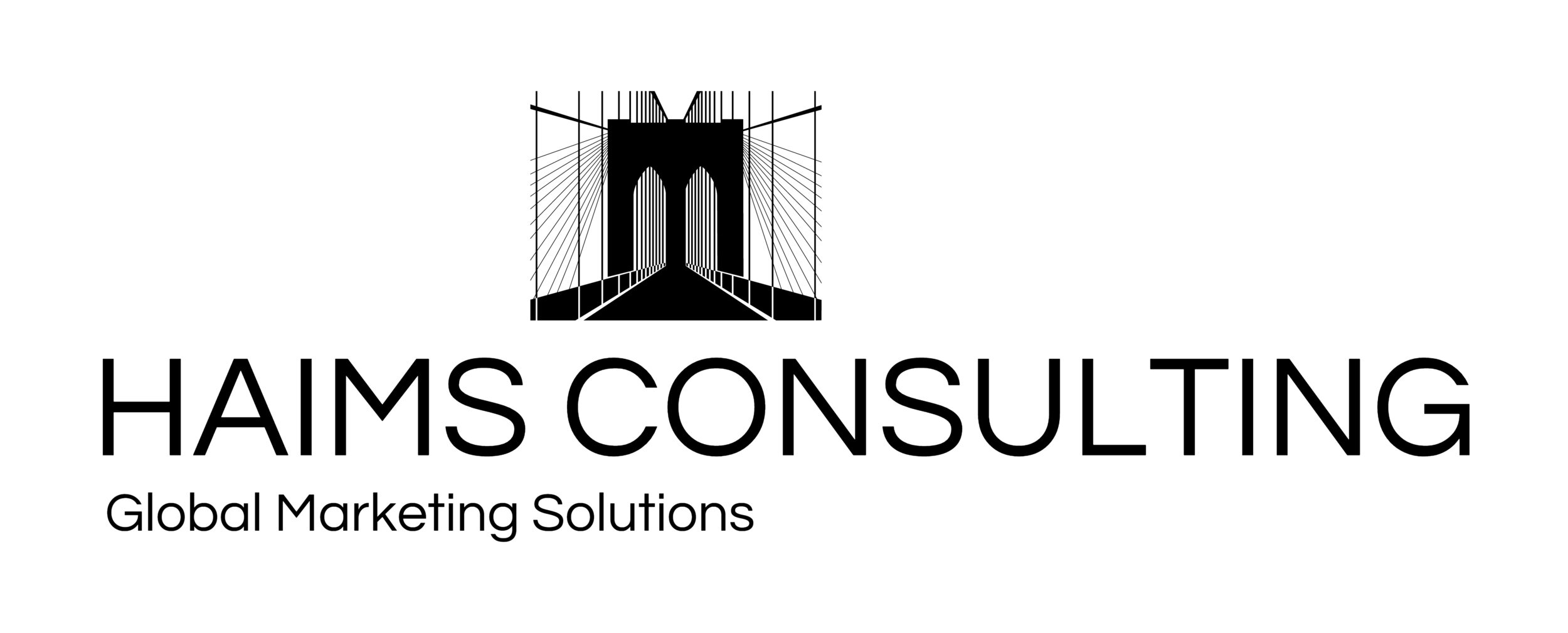To Enterprise, or Not to Enterprise - That is the question
Image from Shutterstock
Whatever the size of your organization, the question to have one comprehensive technological solution for your organization will arise. Is there a one size fits all? Will the employees embrace using the same tool? Is it possible that there is a perfect system designed to fit our unique and diverse organization? Possibly.
In the olden days of the 1990s, I knew I needed something to keep track of the work I was doing and that there was a simpler way to execute repetitive tasks. I had no clue how to ask for what I needed. What I decided to do, was to ask other departments what they use and if I could leverage the technology.
Flash forward to the 2010s where we have thousands of software solutions to choose from and geniuses abound. I still found myself asking other teams what they use and if I could leverage the technology and we all waited patiently for an enterprise system that would come to save us.
Enterprise systems are possible but are not easy to navigate. Allow me to help you with some sage advice.
Where do we begin? Before you consult the IT team or start soliciting software developers, it is important to make sure that you know what to ask for and not get distracted from why you need a comprehensive tool in the first place. The answers should be: Efficiency, Accuracy, and Consistency. Your system will fail if you focus on the design and what language to write the code in. Even nomenclature discussions can pull you off course. Once you lose sight of efficiency, accuracy, and consistency; you may never find an enterprise system for your organization. Stay the course by breaking down what you are asking this tool to do before you open a window and throw your money out of it (too harsh?).
There are three terms that will be your keys to success: Analytics, Workflow, and Flexibility.
Let’s break these down.
Analytics – The first and most important selling point for any tool. What stories will we need to tell with your data? Sales, trends, workload, etc. This is usually the last question anyone asks and it should be the first. This is going to be your sell to your C-level executives and how you will convince your users to use it (details later in this article).
Workflow – C-level execs complain when they are asked to approve a DAM (digital asset management system) but the team expected a workflow tool. We cannot simply have a storage bin for content. There may be legal approval, design approval, translation, versioning, and constant updating of information to record. All these things, if not more, are now associated with your content. You cannot simply have your assets exploited incorrectly. The risks are insurmountable and communication is paramount. Are you going to risk your business to sparse emails and telephone calls?
Flexibility – Anticipate that your organization and product line will expand. Content will increase in complexity and formats will update. Do not constantly chase your tail every time you add to the product line, hire additional employees, new file formats emerge, additional languages are implemented, and anything else that normally happens in a growing industry. You need to be prepared to expect the unexpected. You want a system that is relevant and useful, not outdated and a drain on valuable resources.
Okay, so we defined analytics, workflow, and flexibility; are we ready to move forward? Nope. We need to review what your teams are currently using. If you are already sharing best practices amongst teams, you are ahead of most companies. If you fall into the category of “most,” then review the current processes (sans judgement) for overlaps and truly unique qualities.
Once you complete your research and analysis, you are prepared to forge into the world of “the one solution.” There still may be rough waters ahead. Don’t lose focus. You have come so far. Keep the team on track by keeping the spotlight on the goals: efficiency, accuracy, and consistency. Communicate clearly to the creators of this tool the requirements: analytics, workflow, and flexibility.
Throughout this journey, staying the course is everything. Rough waters ahead, but the reward is going to be great. Never lose sight of your goals and success will be on the horizon. Once the tool is ready for prime time, the next challenge that awaits is…The Sell.
The sell or the buy-in from users may be tricky depending on how attached people are to what they are currently using. Nothing sells better than actual training. I am not referring to distributing a manual or a one size fits all demo. Adjust training to the specific audience and conduct onsite. Include the problems being solved and the stories the analytics tell. Most importantly, have users test the system against an actual project. Be prepared to improve download speeds, adjust to workflow requirements, and inspire confidence.
If obtaining an enterprise solution is such a monumental undertaking, why is it important? Simple, consistency. In today's world of constant change, you need to be able to update everyone at the same time. Have the flexibility to allow your users to dissect and view the data in a way that works best for their needs. It is best to think of this tool as a singular portal that houses all data and has the flexibility to grow and change as needed. The success you achieve will save you from wasting valuable resources.
What are your thoughts on this? I would love to hear from you.

